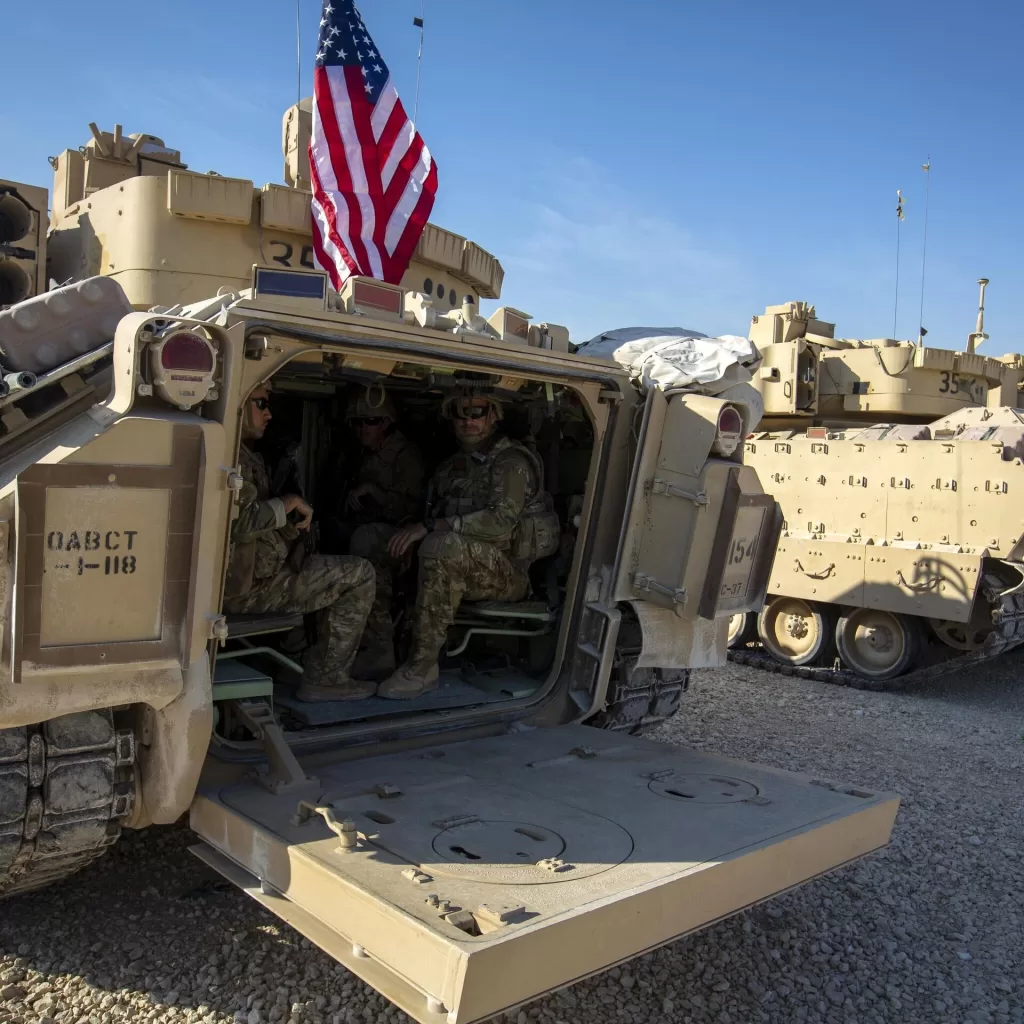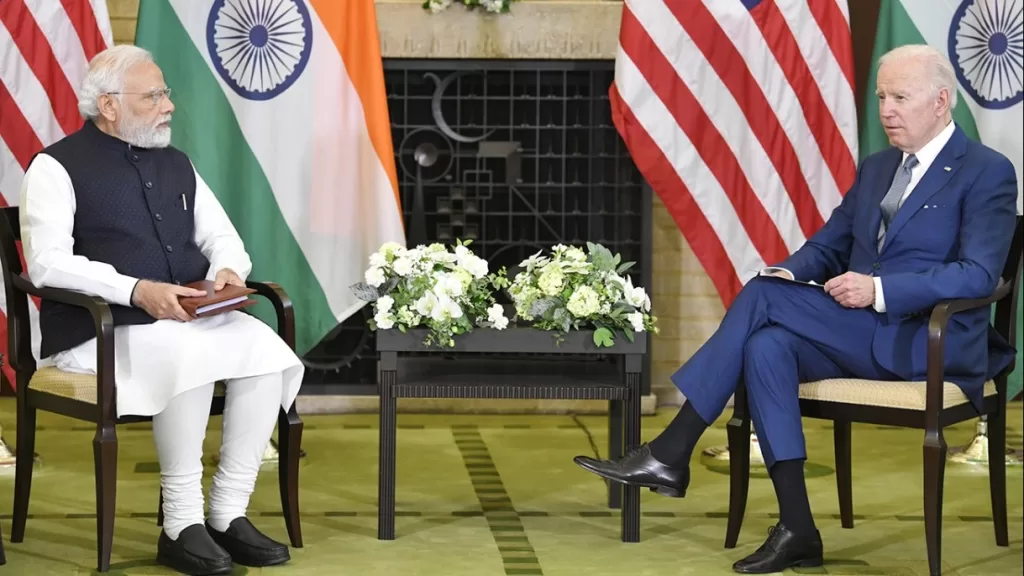The United States is the world’s only superpower today, a position it has carefully maintained. No matter how much countries like India or China grow, they cannot overtake its dominance. But behind this power lies a dark secret that helps America profit: war.
Table of Contents
The United States War Economy

While many countries export goods like oil or technology, America’s most valuable export is war. The U.S. has more than 750 military bases around the world, stationed in over 80 countries. This global network gives it unmatched influence and control, helping it remain on top.
A prime example is Bangladesh. Recently, its former Prime Minister, Sheikh Hasina, claimed that USA wanted to build a military base in her country. When Bangladesh refused, protests erupted, leading to a change in leadership. Whether this is a coincidence or a message for other countries like India remains unclear.
The History Behind United States Global Reach

United States strategy to establish military bases around the world began during World War II. In 1940, the U.S. made a deal with Britain called the “Destroyers for Bases Deal.” America gave Britain warships in exchange for permission to build military bases in British territories, like the Bahamas and Jamaica. This strategy allowed it to expand its military presence without directly colonizing other countries.
After World War II, America continued building bases worldwide, and by the end of the war in 1945, it was building over 100 new bases every month. Today, the U.S. has military bases in key locations like Japan, Germany, and South Korea, giving it the power to project its military strength across the globe.
How America Profits from War
Maintaining its superpower status is expensive. In 2023, America’s defense budget was $916 billion, about 13% of its total budget. But where does all this money come from? The answer lies in its defense industry, also known as the “military-industrial complex.”
The top five arms manufacturers in the world are United States companies. These companies fund politicians and, in return, expect government contracts to continue producing weapons. The more wars there are, the more weapons they can sell, both to its military and other countries.
For example, The USA sold $110 billion worth of weapons to Saudi Arabia under former President Donald Trump. The ongoing conflicts in Ukraine, Israel, and elsewhere only increase the demand for American-made weapons, helping the U.S. maintain its global power.
The Challenge for India

India, unlike America, has avoided building military bases in other countries, following a non-alignment policy. But as tensions with China and other global issues rise, America might pressure India to choose sides or even allow U.S. military bases on Indian soil. This would mark a significant shift in India’s foreign policy.
The challenge for India is to maintain its independence while balancing relationships with major powers like the U.S., Russia, and China. Historically, being too close to America can come with consequences, as seen in countries like Pakistan, where United States once built military bases but has now reduced its support.
America’s superpower status is not just built on its economy or political influence, but also on its ability to profit from conflict. For countries like India, the future challenge will be to navigate this global landscape without becoming entangled in America’s war-driven strategies.


